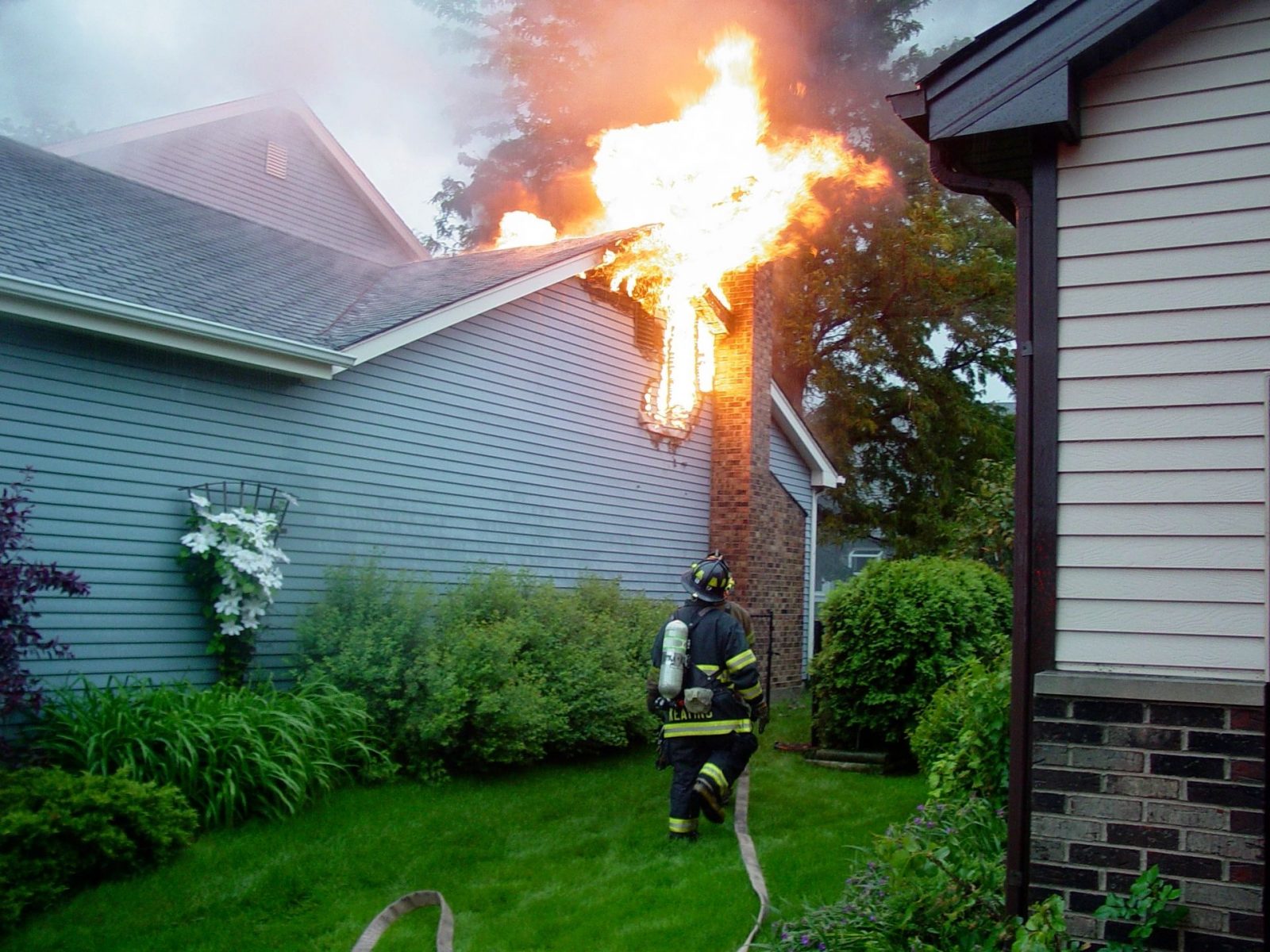FIRE DAMAGE RESTORATION TIPS
What to do and expect in the next 2 hours after a home fire.
1
Contact immediate family members and your insurance company immediately. If you are a tenant, contact the owner of the property.
2
Call your nearest LBR Restoration representative. Do not re-enter your home until deemed safe by fire department. If allowed, retrieve important documents from your home.
3
Have the property boarded and secured to prevent looting and additional damage. You can notify local police for additional patrol at your home.
4
Your insurance agent will help arrange temporary living & other related costs.
5
An indirect resolute of a house fire is water damage from the fire hoses; hire LBR Restoration to begin drying your home.
6
If possible, begin cataloging and documenting your losses; this process may be stressful and consume much of your time.
7
A home fire is an extremely traumatic event; seek counseling if needed
8
Beware of "ambulance chaser" services offered during and after your loss, they may only take advantage of you during a stressful and confusing time.
Fire Damage Restoration FAQ.

1The fire department put out the fire but now there is a lot of water in our home, what now?
Water damage resulting from fire suppression is very common. We are equipped to pump water out and begin water restoration and structural drying to minimize damage and preventing mold.
2Can my family stay in our home during the restoration effort?
This varies depending on the type of damage, the location of the incident, your comfort level, and your home layout. The fire marshal and/or the building inspector will determine if it is safe to live in the home during restoration. As an alternate plan, talk with your insurance agent about off-site housing and staying at a hotel – these might be covered by your insurance policy.
3How long will the cleanup and restoration process take?
This depends on the degree of the damage, but it can range from 10 – 20 days for small kitchen fires to 4-6 months for large claim and up to 12 months for a total loss. Typically, fire scenes are locked down by local authorities and your insurance company until they have completed their investigation and documentation. Once we have approval by your insurance company, work begins immediately.
4How do I know what type of fire was in my home?
Not all fires are created equal. A good indicator of the type fire is by the smoke residue left behind.Again cleaning these types of fire damage residues are complicated and needs specialized training to do correctly.
Natural substance smoke residue
– Natural items that burn can be paper, wood, and other items containing those substances. The color of these residues are usually black and gray. These smoke residues can be cleaned using a vacuum and dry sponge.Protein substance smoke residue
– Chicken, beef, and other proteins when burned make a greasy mess all over. Cleaning these residues takes training and understanding of protein burn cleaning.Synthetic substance smoke residue
– To put in simply, any type of plastic or derivative of plastic when burned becomes very smeary to the touch.5We signed with another company already, can you still help me?
Depends when the contract was signed. In most cases, a contract can void if you signed within the first 24 hours of the loss. During periods of destress, some companies will take advantage of your vulnerability or use pressure to have you sign their contract.
6Smoke Oder Classification
There are three general types of soot residues typically produced in a fire,
1) Protein residues
2) Natural substance odor and residues
3) Synthetic residues
1) Protein residues
2) Natural substance odor and residues
3) Synthetic residues
